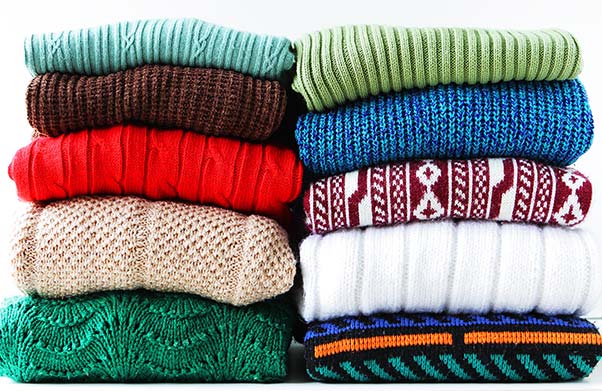Hot weather, longer days, school ending, and plenty of sunshine…summer is on the way! And while summer doesn’t officially begin until the Summer Solstice (June 21st this year), the heat is already here. It’s time to put away your winter clothes, put on your shorts, tank tops, and sandals, and head to the beach. Before you get going though, you should take some time to decide what to do with your winter clothes while you aren’t using them. Here are some ideas to help you out:
1. Clean Your Closet
This is the perfect time to evaluate your closet and other storage spaces and do a little spring cleaning. Spend some time de-cluttering and cleaning out your closet and re-organizing it first. This will help with your seasonal clothing storage and make your closet more functional. As you reorganize your closet, you can identify seasonal clothes that need to be stored and put them in a pile to prepare for storage.
This is also a great time to go through your winter clothes and identify anything that doesn’t fit, or that you don’t wear anymore. These things can be donated and you can store the rest until the weather changes.
2. Clean Your Clothes
Before you put your clothes in storage for the summer, wash them or get them dry-cleaned to make sure they are clean and stain-free. Cleaning your clothes will help to repel pests and keep them stain-free. Remember not to use starch on your clothes, as this could also attract bugs that could ruin your clothes.
3. Choose the Right Container
Coats and jackets should be stored on hangers that are strong enough to support their weight. Make sure to use garment bags to keep them safe from dust and dirt. You should also avoid wire hangers that can misshape your clothes over time.
Most other items should be folded nicely or rolled and stored in plastic containers. Hanging sweaters can easily pull them out of shape over time. Plastic containers will keep your clothes folded and help prevent water damage and bugs better than other containers. Plastic bags, for instance, can be easily punctured and don’t allow the fabric to breathe, and cardboard boxes are susceptible to water damage. To further ensure that your clothes are kept fresh as well as safe from pests, place a small bag of cedar chips or lavender in the plastic container. This is a natural way to protect your clothes without using harmful chemicals like those found in mothballs.
4. Find a Place
Finally, you will need to find a place to put the containers with your seasonal clothing. A good storage spot should be clean, dry, and cool to protect your clothes. Since you want to avoid moisture and temperature fluctuations, you should not store clothes in the attic or garage if you can help it. A couple of places that work well for storing seasonal clothes are guest room closets, under a bed, under a couch, or in a storage unit.
Take a little time now, before summer begins, to store your winter clothes correctly. You will be glad you did when the weather turns cold this fall.










